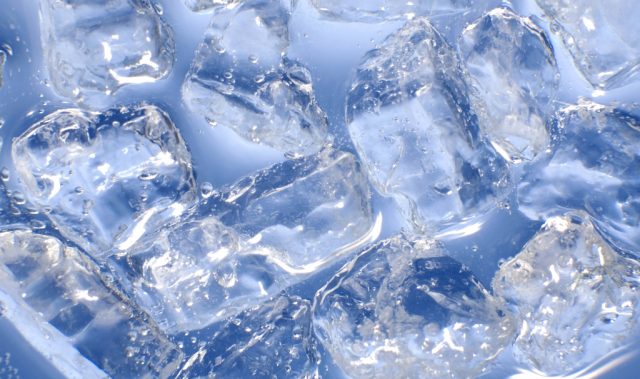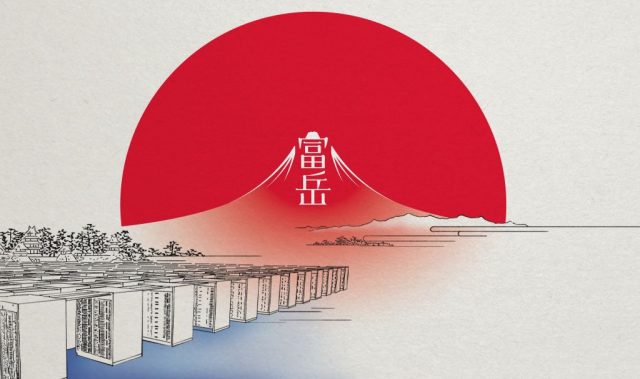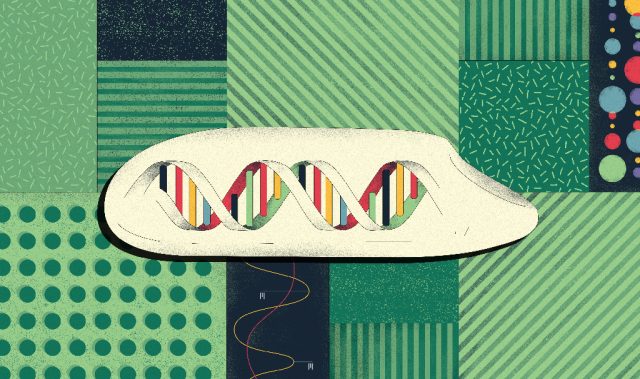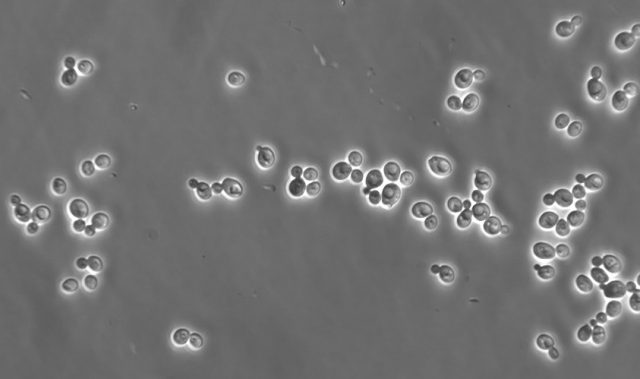
AsianScientist (Jul. 4, 2016) – Researchers in Japan have developed a method that uses magnetic fields to quickly and accurately measure the concentration of aluminum used to purify tap water.
These findings, presented at the 76th Japan Society for Analytical Chemistry Symposium, can potentially be used in developing efficient and environmentally-conscious coagulants for water treatment.
To provide clear, safe tap water, it is necessary to remove particles called colloids from raw water. Polychlorinated aluminum is normally used as a coagulant in the water treatment process to collect and dispose of these particles. However, aluminum ions can be toxic to fish and inhibit plant growth. The Japanese Water Works Law specifies that aluminum concentration in water must be limited to below 0.1 parts per million.
Various hydrolyzed species of aluminum ion can be detected in water, and until now the ‘ferron method,’ involving pigments and absorption meters, has been widely used to calculate the concentration of these compounds. However, this method has some disadvantages: the analysis takes several hours and the results often contain errors.
The research group, led by Associate Professor Maki Hideshi from Kobe University, developed an analysis method called 27 Al quantitative NMR spectroscopy that accurately measures the amount of each aluminum compound. Notably, measurements using this analysis method can be carried out in just three minutes, and the concentration of hydrolyzed species can be calculated to within a very small margin of error in all pH ranges.
As well as making it easier to measure the concentration of aluminum ions in water, this new analysis method has also shown the structural changes aluminum ions undergo over time.
These findings could potentially contribute to the development of high-performance, environmentally-conscious coagulants that can act more efficiently on colloids.
———
Source: Kobe University; Photo: Shutterstock.
Disclaimer: This article does not necessarily reflect the views of AsianScientist or its staff.












